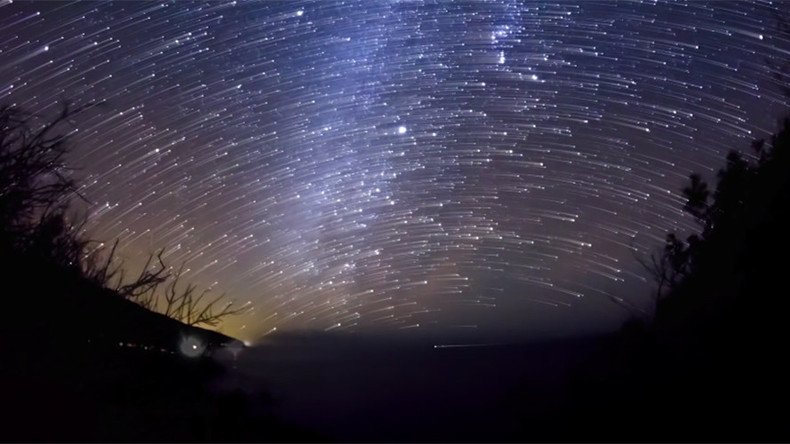April Lyrids meteor shower to reach peak in a matter of hours

The annual Lyrid meteor shower will reach its peak on Friday – here’s what you need to know.
The shower’s peak is expected to burst into the sky a few hours before dawn on Friday April 22nd. It usually lasts for less than 24 hours.
This year, spectators may struggle to see the shower through the bright glare of the full moon that happens to fall at virtually the same hour on April 2016.
While Lyrid meteors can actually be seen at any time from April 16 to 25, the best viewing opportunity will undoubtedly be on April 22, particularly after midnight and before dawn. People in the Northern Hemisphere usually have the best viewing spot.
Meteor showers are known to challenge even the most precise predictions, however. At its peak, 10 to 30 meteors are expected to sail through the sky every hour, but the frequency could also surge to 100 per hour.
The shooting stars are a sight to behold for anyone lucky enough to see them, leaving smoky trails in their wake. Meteors are the brightest objects in the sky, apart from the moon.
READ MORE: ‘Fireball’ meteor lights up English skies (PHOTOS)
The Lyrids are a result of debris from Thatcher comet, which orbits the sun approximately every 415 years. The space rocks usually burn up as they enter Earth’s atmosphere.












